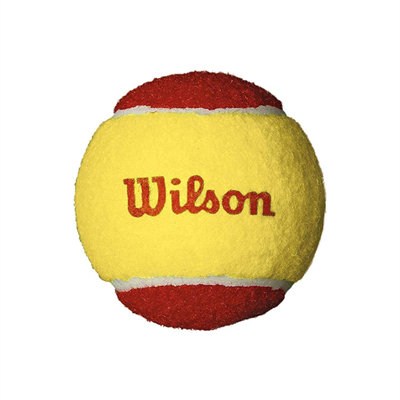While tennis balls contribute to the excitement of the game, their production and disposal can have environmental implications. Tennis ball manufacturers and players are increasingly exploring sustainable practices to mitigate their impact:
- Materials: Traditional tennis balls use rubber cores and felt covers. Some manufacturers are experimenting with eco-friendly materials and recycled components.
- Recycling Programs: Several organizations and companies offer recycling programs that collect used tennis balls and repurpose them for various purposes.
- Reuse: Used tennis balls can find second lives as teaching aids, chair leg protectors, and even as tools for massage therapy.
- Reducing Packaging: Manufacturers are exploring ways to reduce excess packaging and minimize plastic usage in ball containers.
- Local Initiatives: Local tennis communities can collaborate to collect and recycle used tennis balls, reducing waste and promoting sustainability.
- Donation: Donating used tennis balls to schools, community centers, and shelters can extend the useful life of the balls and benefit others.
- Eco-Friendly Initiatives: Some tennis ball manufacturers are committed to adopting more sustainable practices in their production processes.
- Biodegradable Options: Research is ongoing to develop tennis balls with biodegradable components that minimize the environmental impact.
- Player Awareness: Increasing awareness among players about the environmental impact of tennis balls can lead to more responsible ball usage and disposal.
- Individual Efforts: Players can take small steps, such as reusing tennis balls for non-tennis purposes, to contribute to sustainability.
Exploring eco-friendly practices in tennis ball production and disposal can help minimize the sport’s carbon footprint and promote a more sustainable future for the game.





















